#american physician
Text
House MD makes for a way more interesting Sherlock adaptation than any other because it truly explores the depths of the character’s potential as a rude, selfish sociopath by making him American
#bbc britlock is cool and all but he’s way too polite and considerate for a so-called maniac#nobody encapsulates a true disregard for human well-being like a US healthcare professional ❤️#if you’re a non-american house viewer I want you to know that I’d rather be at princeton-plainsboro’s nightmare clinic#where the doctor will prescribe you cigarettes and call you slurs#and is only there as a punishment that he’s receiving for violating the geneva convention#than ever be treated by some of the real-life physicians I’ve encountered irl#house md#greg house#gregory house#hatecrimes md
174 notes
·
View notes
Text
Hospital Hellhole

Where are the open windows in hospitals?
Hospitals are exactly like corporate cubicle farms, where you see the windows in your office, but theyre never open.
So, no fresh air ever gets in.
Stuffy, recirculated air with zero outside fresh air + constant either central indoor heating or air conditioning + a bunch of sick ass people stuffed into one building isnt exactly a recipe for holistic health.
Nor is it meant to be.
Its actually a veritable hotbed for communicable diseases, viruses, infections, germs and bacteria to develop, spread and grow.
Idgaf about how "well the hospital is ventilated" -- you need fresh air, jackass!
Good luck ever getting it at a hospital.
They'll just parade you around bare ass in a drab ass drag ass light blue gown that doesnt even close all the way in the back yet have the nerve to talk about how "functional" it is.
They'll parade your literal bare ass through the hospital hallways so you can "walk around" -- but nevah outside.
Yeah okay.
There are windows, why cant I open them?
Because you cant.
The air inside a hospital is endlessly recirculated, stuffy as hell and filled to the brim with germs, bacteria, viruses and pathogens given that a hospital is, y'know, a building full of sick ass people.
Who in the hell thinks this is a good idea?
Exactly noone as hospitals are designed to mentally break you, dehumanize you and give you a different illness then the one you checked in with or make whatever your current issue is worse.
Being in a building with no outside fresh air and no open windows full of sick, dying, dead, incapacitated, vomiting, diarrhea, coughing, sneezing, wheezing, bleeding people isnt supposed to make anyone else sicker?
Yeah okay.
You need fresh air even in the best of circumstances forget about when youre sick.
You need to be in nature as it literally heals us, even their studies confirm that.
You need fresh, unrecirculated air from outside.
You need the sky, the sun, the grass and the trees.
But what do you get?
A dark, drab, sterile, lonely room with a large ass loud ass TV in it, a phone, a bed that you will be stuck in for most of your stay, a bathroom and a window you cant open.
Sounds exactly like prison.
Being stationary -- unless you are a literal invalid or completely physically incapacitated -- is awful for you.
They know this.
They know that being stationary in bed can cause DVT (deep vein thrombosis), blood clots, embolisms, poor blood circulation and bloodflow, swelling, edemas, muscle atrophy, weight gain, bed sores.
Not to mention depression, lack of mental sharpness and acuity, lethargy, anxiety, fatigue, listlessness, hopelessness, dread...
Its almost like its by design, isnt it?
Hospitals should be near parks or be built inside of parks.
All patients that are literally physically capable of going outside for fresh air and natural sunlight should do so, or if possible, should be taken outside in wheelchairs.
Blinding white bright ass unnatural fluorescent lighting has repeatedly been proven to deplete our melatonin levels, disrupt our natural circadian rhythyms, disrupt our sleep, cause insomnia and other sleep disorders -- so why is the lighting in hospitals so fucking bright???
Why do you think?
They dont want you well.
If you happen to get better after being hospitalized, its an unintended side effect.
The goal is to find -- or make up -- other things that are wrong with you so they can feed you further into the many tentacled medical industrial complex.
More diagnoses, more pills, more injections, more shots, more IVs, more surgeries, more specialists, more tests, more false positive results.
Just the way they intend it.
If youve ever visited someone in the hospital or ever been hospitalized yourself, youve probably experienced a general feeling of feeling run down, fatigued, sore, tired, like you were coming down with a cold, feeling out of sorts and out of it if you were inside a hospital for a few hours or more (days, weeks or even months).
Thats by design.
Patients should be outside every day, breathing fresh air, getting natural sunlight, touching fresh grass, hugging and sitting by trees, looking up at the clear blue sky, soaking up the sun, picking flowers and soaking up natures natural healing properties.
Nope, you get to walk up and down a ridiculously overilluminated bright ass fluorescent hallway with drab muted colors surrounding you, machines beeping, nurses having bored conversations at lunch, doctors being self-important and your bare ass cheeks on full display in your gown that doesnt "quite fully close all the way in the back."
You should be letting butterflies land on your hand, picking sunflowers, laying against trees, walking barefoot in grass, staring up at the sun and soaking up the individual rays, taking deep breaths of the fresh air all around you, looking at the clear blue sky, observing some of the cloud formations, lying on your back on the grass and staring up at the big blue sky supervised by hospital staff for about an hour a day.
That should be happening every day in every hospital.
It could be done in shifts.
Even a small park or garden even on hospital grounds or property would suffice.
In your everyday life, dont you walk outside once a day?
Even just to check the mail? Run errands? Pick up groceries? Go to work? Get takeout? Go shopping? Go to work? Meet up with friends and family? Go out to eat? See a movie? Take a walk? Go jogging?
Why is this simple freedom denied to you in a hospital?
When you need nature the most, they wont even open a window for you.
Antiseptic sterility, vomiting bleeding dying patients, coughing sneezing wheezing patients, patients with viruses, bacterial infections, open wounds, bodily fluids and emissions, mucus, phlegm, stitches, sutures, transfusions, transplants.
How would you NOT need fresh air even after one day in a hospital?
Why is hospital food so comically bad?
Youre literally back to the slop you were being force fed in elementary school but as an adult.
Since youre sick, shouldnt there be an interest in providing you with nourishing, holistic, healthy, fresh organic foods that will help heal you and aid in your recovery?
If youve ever been hospitalized, it took you back to your school days with rubbery chicken, mystery lunch meat, dry bread, nothing is seasoned, everything is out of a box, warmed over and bland as hell.
Why?
It doesnt have to be expensive!
Fresh spinach for salad is cheap, quinoa is cheap, tofu is inexpensive, steel cut oats are inexpensive, chickpeas are cheap, hummus is inexpensive, lentil beans are cheap, kale is inexpensive, kidney and black beans are cheap - these are all chock full of protein, cheap, healthy, good for you and can be prepared with fresh or cookied veggies, rice, noodles.
It doesnt have to be like this.
They want you sick and defeated.
Hospitals are literal hellholes.
Its not you.
Youre right to think they are creepy depressing prisons and incubators for all kinds of diseases and infections.
Because they are. By design.
#oncology#cancer#chemotherapy#radiation#cancer cure#american cancer society#hospital#medical industrial complex#physician#do no harm#hippocratic oath#central heating#air conditioning#nature#heal yourself#holisticliving#vegetarian#vegan#quinoa#tofu#dehumanizes#authoritarianism#circadian rhythm#melatonin#garden#be free#inhumane#anti capitalism#socialism#natural cures
7 notes
·
View notes
Photo

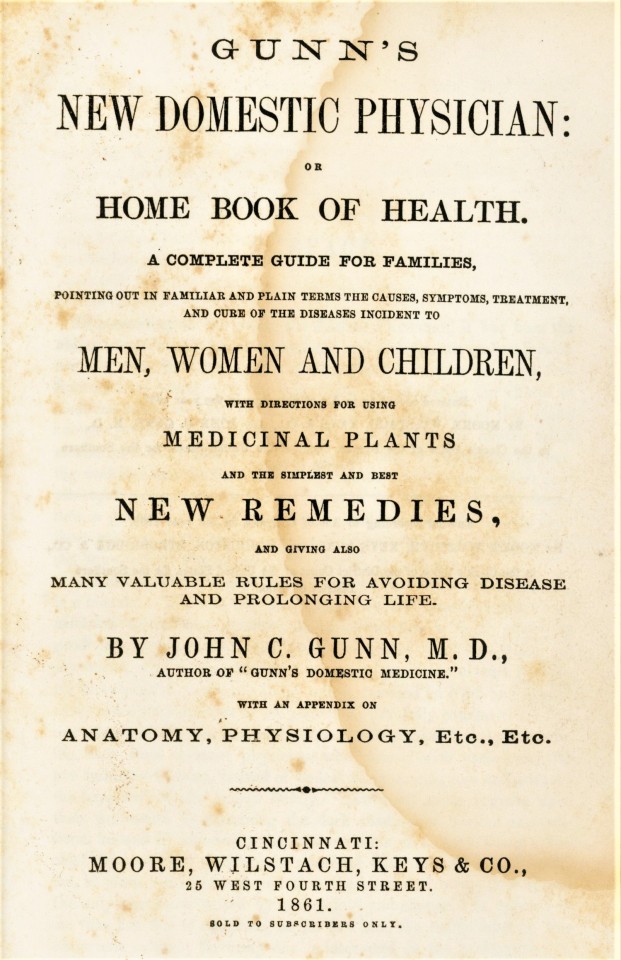



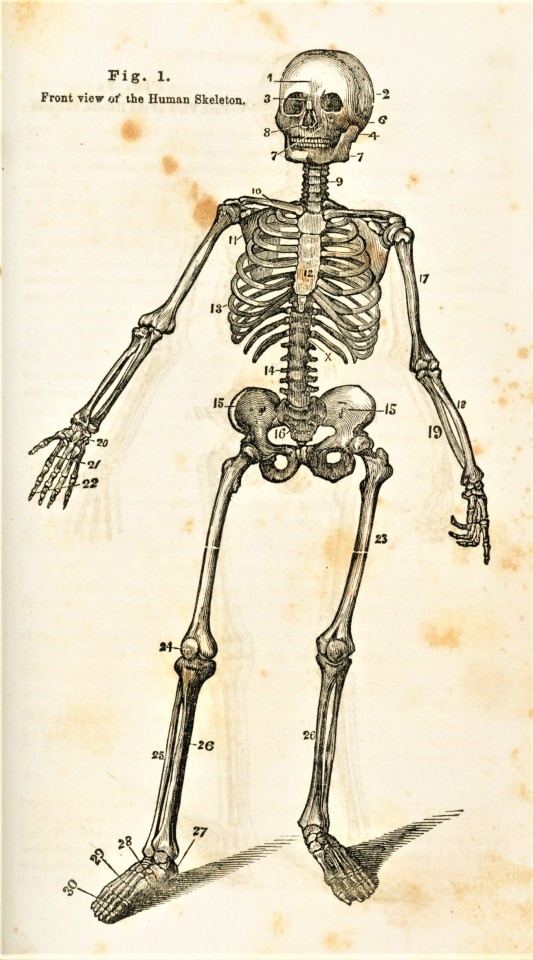
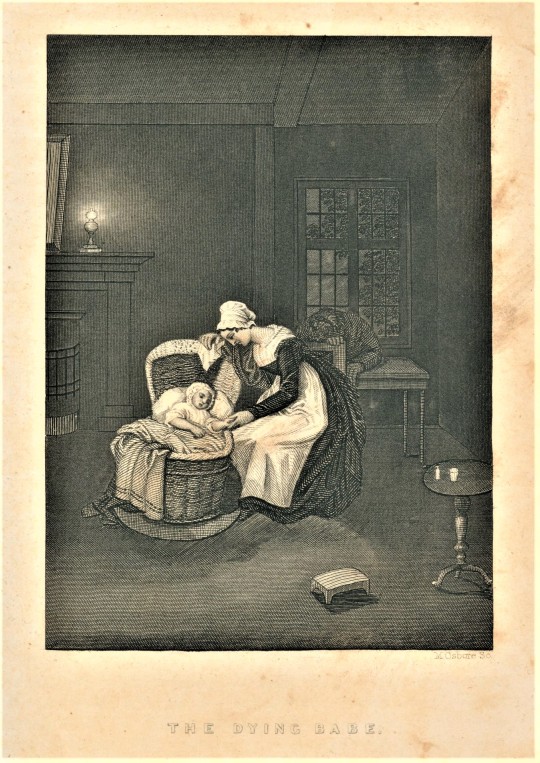



Science Saturday: Comparing two editions of Gunn’s New Domestic Physician
In keeping with our focus on book history here in Special Collections, when the library holds multiple editions of the same book, I try to pull them all, note changes, and try and place those changes in their historical context. When looking over our two copies of Gunn’s New Domestic Physician, (Gunn’s New Domestic Physician or, Home Book of Health [Cincinnati: Moore, Wilstach & Keys & Co.; 1861] and Gunn’s New Domestic Physician or, Home Book of Health [Cincinnati: Moore, Wilstach & Baldwin; 1864]) I immediately noticed the added emphasis on home nursing care and “the sick room” in the 1864 edition. By 1864, the nation had been steeped in several years of Civil War, and a publishers note confirmed my hypothesis that the addition of information on home nursing care was spurred on by the war:
“an entirely new treatise is given, forming a complete guide to the management of the sick room” . . . “to relieve the suffering, perhaps of those who have sickened in camp, or been stricken down on the field of battle, is certainly a noble mission!”
Relatively forgotten today, the physician John C. Gunn (c. 1800 - 1863) was a household name for many 19th century Americans, particularly in the South, and especially in rural and frontier communities where a trained medical professional was often out of reach. While some contemporary reviews of the book by the medical establishment chided Gunn for “attempting to impress upon the reader that the grave responsibility of human life and health may be assumed by any person of common sense,” many 19th century Americans simply did not have access to trained doctors, nor was training and licensing of physicians standardized until the early 20th century. That might help explain the enduring popularity of Gunn’s work. Written in plain language for an general audience, the book was first published as Gunn’s Domestic Medicine or, Poor Man’s Friend in Knoxville in 1830, and 234 subsequent editions followed, the last published in New York in 1920.
Both of our editions are based on the first major revised and enlarged edition, marking the title change from Gunn’s Domestic Medicine to Gunn’s New Domestic Physician, first published in 1857 by Moore, Wilstach & Keys & Co. of Cincinnati. While the anatomical and botanical prints are consistent between the editions, an assortment of etchings also accompany the text, none of which are repeated between our two editions. Those shown above (images four and seven) are at least related to the subject matter. Others, with captions like “Charity,” “Cheerfulness,” and “Hope,” seem more aligned with this 1858 review (presumably of the 1857 revised edition on which are two copies are based) in The Western and Southern Medical Recorder that observers:
“adorning the book, is a gallery of pictures, which do not seem to have any particular connection with the reading matter, but, as we suppose, were introduced to use up some old stock of prints that the publishers had left from some other enterprise.”
For any researchers (or 19th-century medicine enthusiasts) local to Wisconsin looking for a deeper dive on this piece of Americana, the University of Wisconsin-Eau Claire holds a facsimile of the first edition of Gunn’s Domestic Medicine or, Poor Man’s Friend, published in Knoxville in 1986 by the University of Tennessee Press. The University of Wisconsin - Madison holds a 1866 German language edition, Gunn’s Neuer Hausarzt, oder, Handbuch der Gesundhheit, also published by Moore, Wilstach & Baldwin.
Find more Science Saturday posts here.
-Olivia, Special Collections Graduate Intern
#Science Saturday#Gunn's New Domestic Physician#Gunn's Domestic Medicine#Poor Man's Friend#Home Book of Health#John C. Gunn#19th century publishing#Moore Wilstach & Baldwin#Moore Wilstach & Keys & Co.#19th century books#rural medicine#frontier life#American Civil War#frontier medicine#olivia
35 notes
·
View notes
Text
Dr. Charles Prudhomme
Dr. Charles Prudhomme, the first Black Vice President of the American Psychiatric Association (APA), and artist, Mrs. Naida Willette Page, present a portrait of Solomon Carter Fuller, MD, the first Black member of APA, in 1971.
Dr. Prudhomme commissioned the portrait as a gift to the Association.
Charles Prudhomme, M.D. (1908–1988), an African-American physician and psychoanalyst, entered the field of psychiatry in the 1930s. He served as the vice president of the American Psychiatric Association in 1970-1971, the first African-American to gain elected office in the organization.[1]
Prudhomme was born in Opelousas, Louisiana. When Prudhomme was three years old, his father developed tuberculosis, and the family moved to Denver, Colorado. Along the way, the family stopped in Kansas City, Missouri where Prudhomme and his mother stayed while his father continued to Denver. Prudhomme received his schooling in Kansas City, became a baseball player, and graduated from high school second in his class.
Prudhomme entered the University of Kansas but remained for only a short time. Due to segregation laws…[Read more here]
Sources: Wikipedia, American Psychiatric Association Foundation, Jet magazine
Visit www.attawellsummer.com/forthosebefore to learn more about Black history.
Need a freelance graphic designer or illustrator? Send me an email.
#Charles Prudhomme#Louisiana history#American Psychiatric Association#Black doctors#Black physicians#psychoanalyst#psychiatric#psychiatry#Solomon Carter Fuller#mental health#Naida Willette Page#Louisiana#Opelousas#segregation#Black history#Washington#DC#Howard University#HBCs
11 notes
·
View notes
Text
my other favourite thing in folk music besides floating verses is when you listen to a (relatively) modern version of a very old song and two lines that are supposed to rhyme don’t bc in the singer’s dialect those words are pronounced differently but when and where it was written they were pronounced the same. idk something abt the song being so enduring that it transcends time period and location
#soapbox#get folked#was listening to pete seeger singing jackaro and it struck me with the lines that go#among the dead and dying her darling boy she found/she sent for the physician to cure up all his wounds#which obv doesn't rhyme in standard modern american english but it must have at some point in time and in some regional dialect#and i think that's neat!
23 notes
·
View notes
Text




through the weeping glass: on the consolations of life everlasting (2011) dir. timothy quay, stephen quay
#through the weeping glass#quay brothers#timothy quay#stephen quay#film aesthetic#film stills#film#american film#american cinema#documentary#documentary film#mütter museum#the college of physicians#vintage aesthetic#human anatomy
41 notes
·
View notes
Text

5 notes
·
View notes
Text

Barana Hanabneiho Organisation (BHO)
Darfur Women Action Group (DWAG)
Hadhreen (7adhreen)
Nas Al Sudan
Sadagaat Charity Organisation
Sudanese American Medical Association (SAMA)
Sudanese American Physicians Association (SAPA)
Sudanese Diaspora Network (SDN)
Sudan Tarada Initiative and Save Al Geneina Initiative by Sadiea
Sudanese Red Crescent Society (SRCS)
Sudan Solidarity Collective (SSC)
Takaful Organisation
23K notes
·
View notes
Text
Tom Payne joins Kyle Meredith With to talk about his roles in Kevin Costner's upcoming #horizonanamericansaga, the #Blumhouse horror movie Imaginary, playing Jesus in #thewalkingdead, & a sequel to The Physician.
#TomPayne
#tom payne#prodigal son fox#prodigal son#the walking dead#horizon an american saga#kevin costner#blumhouse#imaginary movie#imaginary 2024#horror film#the physician
1 note
·
View note
Text






The Sudanese American Physicians Association (SAPA) is appealing for donations, especially in the lead up to Ramadan.
#sudan#north africa#east africa#signal boost#mutual aid#fundraiser#middle east#horn of africa#ramadan
17K notes
·
View notes
Text
Peter Lynch: Terrific investment
If you can find a company that can get away with raising prices year after year without losing customers (an addictive product such as cigarettes fills the bill), you’ve got a terrific investment.”
—Peter Lynch.
http://www.gettyimages.com/detail/101992247
View On WordPress
#American Association of Public Health Physicians#Cigarette#cigarettes#e-cigarettes#Electronic cigarette#Nicotine#Peter Lynch#smoking#Thought#Tobacco smoking#World Health Organization
0 notes
Text
sudanese-led causes to donate to!
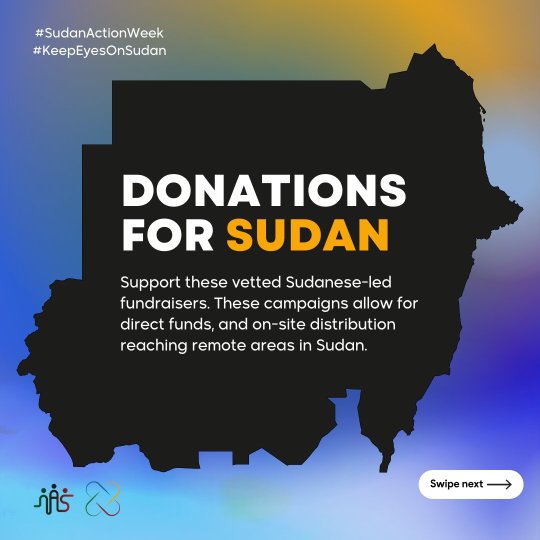

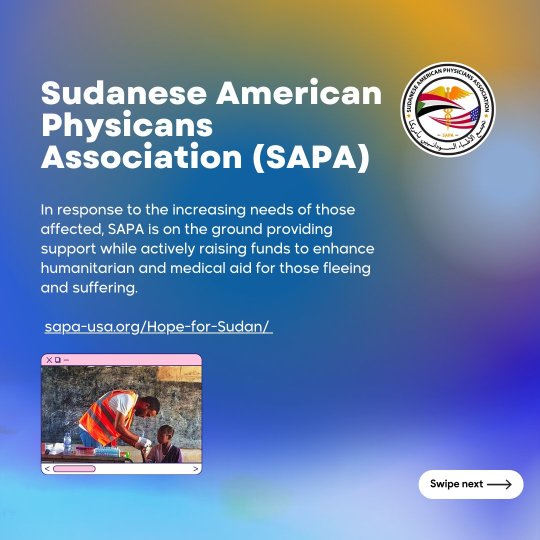


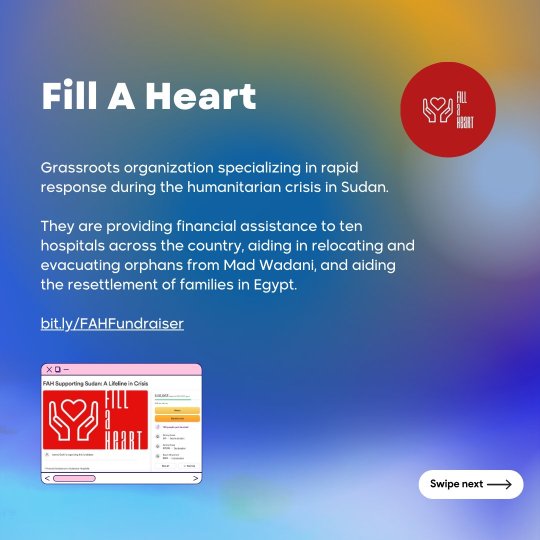




sources: 1, 2
Links:
Sudanese Americans Physicians Association / Twitter
Darfur Women Action / Twitter
Hadhreen / Twitter
Fill A Heart / Twitter
HomeTax / Twitter
Hanabneiho (Twitter)
Sudan-Cairo Aid / Instagram
Barana Hanabneiho (Twitter)
#sudan#sudan genocide#eyes on sudan#keep eyes on sudan#sudan crisis#darfur#free sudan#sudan action week
18K notes
·
View notes
Text
It's all fun and games joking about bodies going OW for no reason for people older than us until we get to that age and
This post is about my neck. I slept on my neck wrong. My neck will never recover.
#Actually I got violent vertigo and upsetti tummy from Too Many Redbulls driving cross country#at the end of the summer#and violently pulled something that forcibly locked my shoulder / neck / joint? some way as I threw up#and that shoulder and neck side have not been completely the same since#but since I had such horrible endometriosis all my life I have Incredibly High Pain Tolerance#I could likely get checked out find a disc slipped or something ridiculous#have a physician go “why did you never get this checked”#and go honestly not the worst pain plus American healthcare amiright#Just like how one leg is longer than the other and I was born with my hips wonked in a way that impacts my spine and I didn't notice#until a labor job sprained my entire fffing back and they took xrays and found all that#along with my muscles being so strained and pulling so much to one side it was pulling my spine with it#Anyway my neck hurts#American healthcare sucks AND#labor jobs = selling your body just as much as sex work does#Also I'm too old for sugar free redbull
0 notes
Text
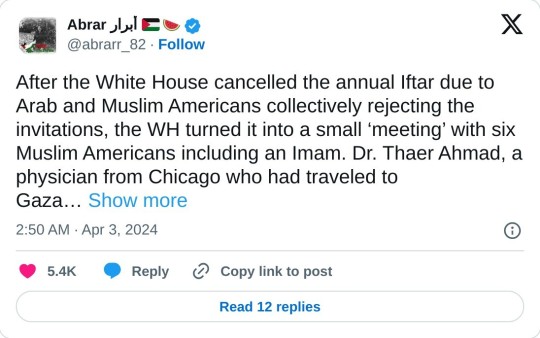
After the White House cancelled the annual Iftar due to Arab and Muslim Americans collectively rejecting the invitations, the WH turned it into a small ‘meeting’ with six Muslim Americans including an Imam. Dr. Thaer Ahmad, a physician from Chicago who had traveled to Gaza earlier this year with a delegation of doctors, showed up and handed Biden a letter from an 8 year old girl in Gaza. He then walked out, saying “I wanted a chance to stand up and walk away from the people making decisions the way they are walking from my people.”
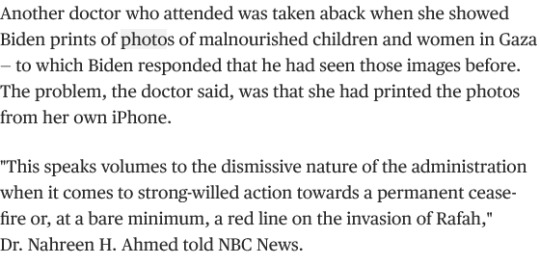
6K notes
·
View notes
Text
Diversity and inclusion in mental health care are vital for creating a supportive environment. Having a directory of African American psychiatrists and physicians allows individuals to access culturally sensitive care from experts who understand the unique challenges of the African American community. Continue Reading>>
0 notes
Text
Opinion Here’s how to get free Paxlovid as many times as you need it
When the public health emergency around covid-19 ended, vaccines and treatments became commercial products, meaning companies could charge for them as they do other pharmaceuticals. Paxlovid, the highly effective antiviral pill that can prevent covid from becoming severe, now has a list price of nearly $1,400 for a five-day treatment course.
Thanks to an innovative agreement between the Biden administration and the drug’s manufacturer, Pfizer, Americans can still access the medication free or at very low cost through a program called Paxcess. The problem is that too few people — including pharmacists — are aware of it.
I learned of Paxcess only after readers wrote that pharmacies were charging them hundreds of dollars — or even the full list price — to fill their Paxlovid prescription. This shouldn’t be happening. A representative from Pfizer, which runs the program, explained to me that patients on Medicare and Medicaid or who are uninsured should get free Paxlovid. They need to sign up by going to paxlovid.iassist.com or by calling 877-219-7225. “We wanted to make enrollment as easy and as quick as possible,” the representative said.
Indeed, the process is straightforward. I clicked through the web form myself, and there are only three sets of information required. Patients first enter their name, date of birth and address. They then input their prescriber’s name and address and select their insurance type.
All this should take less than five minutes and can be done at home or at the pharmacy. A physician or pharmacist can fill it out on behalf of the patient, too. Importantly, this form does not ask for medical history, proof of a positive coronavirus test, income verification, citizenship status or other potentially sensitive and time-consuming information.
But there is one key requirement people need to be aware of: Patients must have a prescription for Paxlovid to start the enrollment process. It is not possible to pre-enroll. (Though, in a sense, people on Medicare or Medicaid are already pre-enrolled.)
Once the questionnaire is complete, the website generates a voucher within seconds. People can print it or email it themselves, and then they can exchange it for a free course of Paxlovid at most pharmacies.
Pfizer’s representative tells me that more than 57,000 pharmacies are contracted to participate in this program, including major chain drugstores such as CVS and Walgreens and large retail chains such as Walmart, Kroger and Costco. For those unable to go in person, a mail-order option is available, too.
The program works a little differently for patients with commercial insurance. Some insurance plans already cover Paxlovid without a co-pay. Anyone who is told there will be a charge should sign up for Paxcess, which would further bring down their co-pay and might even cover the entire cost.
Several readers have attested that Paxcess’s process was fast and seamless. I was also glad to learn that there is basically no limit to the number of times someone could use it. A person who contracts the coronavirus three times in a year could access Paxlovid free or at low cost each time.
Unfortunately, readers informed me of one major glitch: Though the Paxcess voucher is honored when presented, some pharmacies are not offering the program proactively. As a result, many patients are still being charged high co-pays even if they could have gotten the medication at no cost.
This is incredibly frustrating. However, after interviewing multiple people involved in the process, including representatives of major pharmacy chains and Biden administration officials, I believe everyone is sincere in trying to make things right. As we saw in the early days of the coronavirus vaccine rollout, it’s hard to get a new program off the ground. Policies that look good on paper run into multiple barriers during implementation.
Those involved are actively identifying and addressing these problems. For instance, a Walgreens representative explained to me that in addition to educating pharmacists and pharmacy techs about the program, the company learned it also had to make system changes to account for a different workflow. Normally, when pharmacists process a prescription, they inform patients of the co-pay and dispense the medication. But with Paxlovid, the system needs to stop them if there is a co-pay, so they can prompt patients to sign up for Paxcess.
Here is where patients and consumers must take a proactive role. That might not feel fair; after all, if someone is ill, people expect that the system will work to help them. But that’s not our reality. While pharmacies work to fix their system glitches, patients need to be their own best advocates. That means signing up for Paxcess as soon as they receive a Paxlovid prescription and helping spread the word so that others can get the antiviral at little or no cost, too.
{source}
6K notes
·
View notes